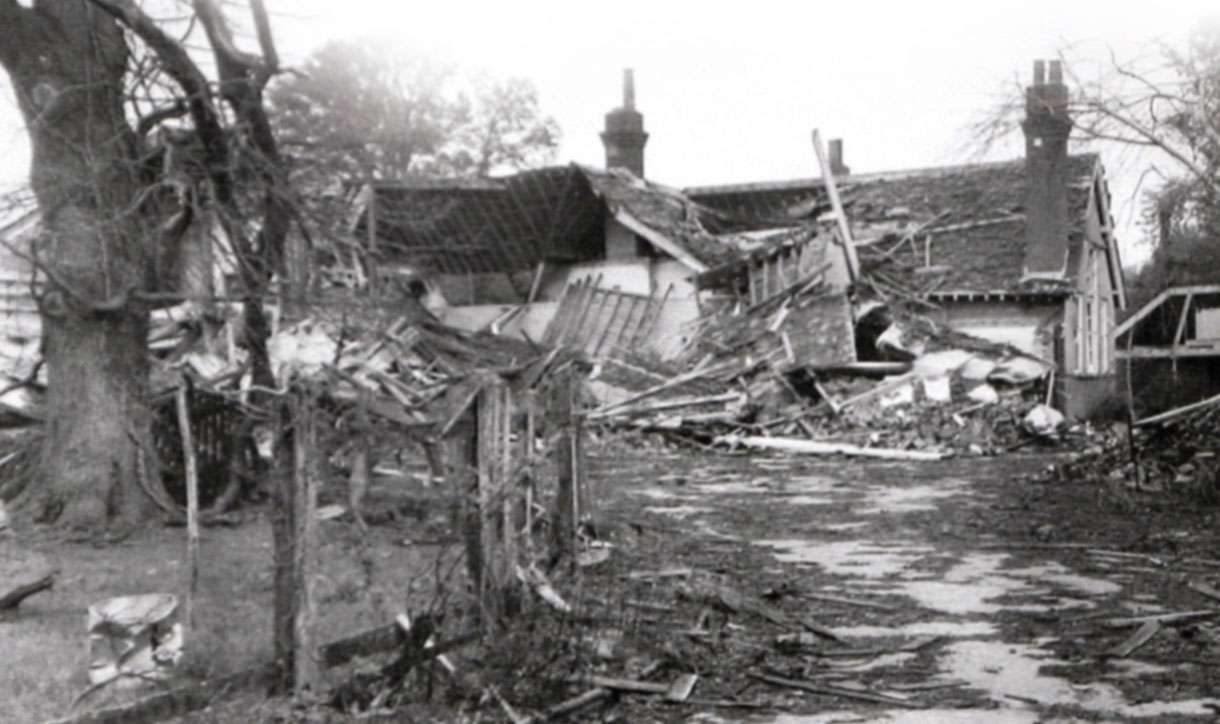
V-1 on County Infants’ School (C. Budgen, Cranleigh: a History)
The Germans first started to launch the V-1 rockets against London on June 13th 1944. This was their response to the Allied D-Day landings, and it followed just one week later. They were launched from sites on the French (Pas-de-Calais) and Dutch coasts. The rockets were about 29ft (nearly 9m) long, and they travelled at an average speed of 340mph, cruising at 2,000-3,000ft (600-900m), just above the effective range of light anti-aircraft guns. At the peak of the campaign, 100 on average were launched per day, and eventually the total reached 9,521. A V-1 made a characteristic buzzing noise, and when this stopped, people below knew that it was about to fall and explode. It was soon given the nicknames of ‘Flying Bomb’, ‘Buzz Bomb’ and ‘Doodlebug’.
Another view of the damage done by the Flying Bomb
Most of the V-1s passed over Cranleigh on their way to London. However, one V-1 fell in Knowle Lane on June 19th, and another demolished the largest gasholder at the gasworks on August 16th, killing Mrs Annie Ede, wife of the manager. (She is one of only two women named on the War Memorial.) Then, early in the morning of Sunday August 27th, as the rector, the Rev. Hugh Johnston, was making his way from the Rectory to the church for the early service of Holy Communion, a V-1 fell in the playground of the County Infants’ School (now Cranleigh Church of England Primary School), totally destroying the building. The main C. of E. School (now the Arts Centre), about 100 yards away, lost its roof and was temporarily rendered unusable throughout. Mercifully, no one was in either of the schools. Mr Johnston was the only casualty and was taken to hospital with head injuries from the blast and falling tiles.
A German crew wheeling out a V-1 rocket (Wikipedia)
The Church Hut, which stood next to the Infants’ School, was also destroyed. The Fire Station in Dewlands Lane, backing on to the school, was damaged, as were several nearby houses. In St Nicolas church, eleven stained-glass windows were destroyed, including the major east window behind the altar, with its five lights and some precious medieval glass, the great west window, and a 19th-century window by William Morris & Co. to a Burne-Jones design.
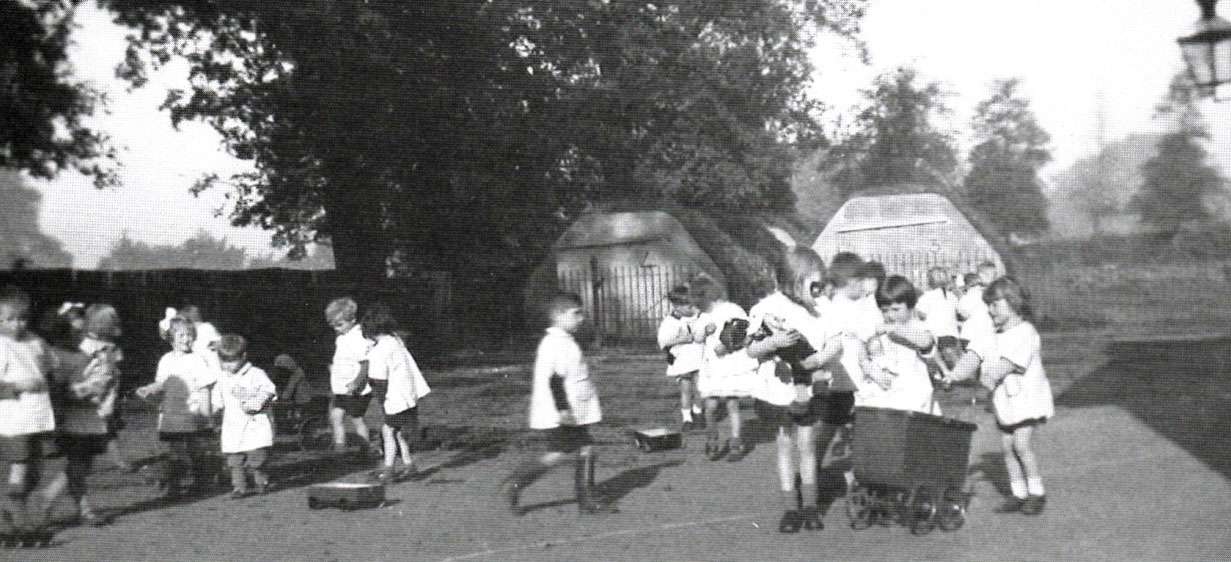
Air raid shelters at the Infants’ School (C. Budgen, Cranleigh: a History)
On the following day, the headmaster, Mr Claude Blogg, wrote in the school Log Book, ‘School closed owing to extensive damage due to Flying Bomb which demolished the Infants’ School at 7am.’ Emergency provision had to be made for some 224 pupils. The school managers rapidly arranged accommodation for classes in buildings all over the village. The Village Hall was one such, besides the halls of the Evangelical Free church (on Luck’s Green), the Methodist church and the Baptist church. Even the hall of far-distant St Andrew’s church on the Common was brought into use, for the oldest children in Standard VII.
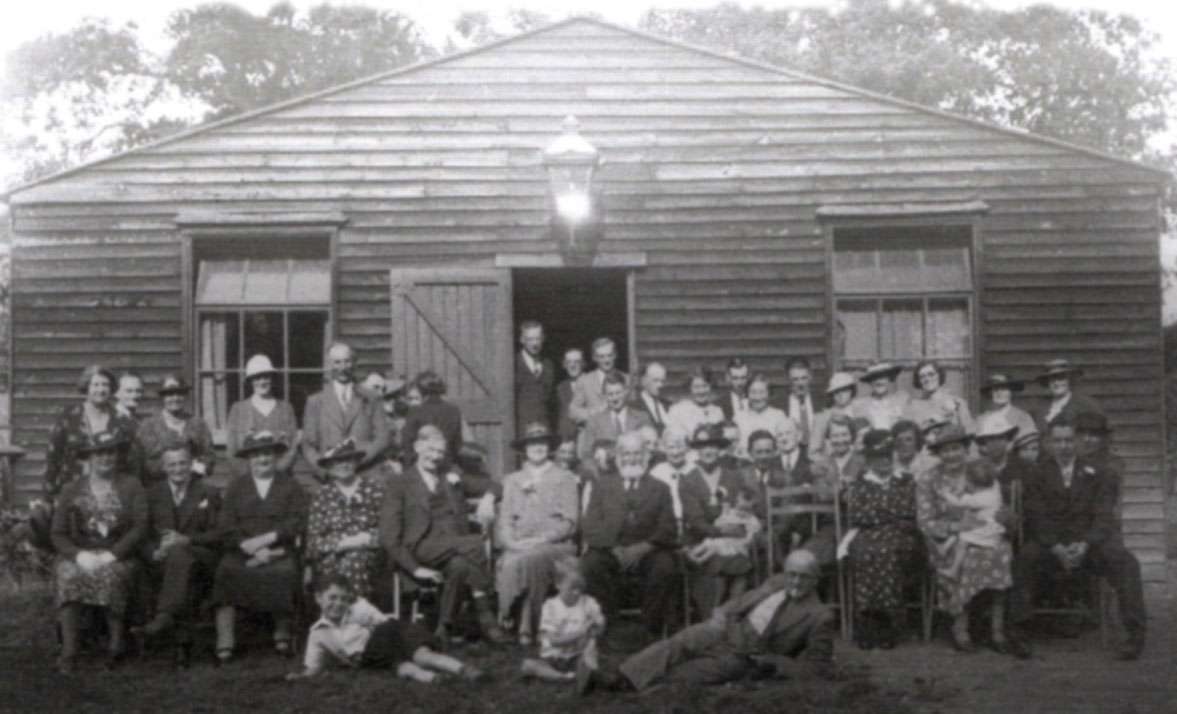
The Church Hut, built 1920 and destroyed 1944: a family wedding reception in 1938 (C. Budgen, Cranleigh: a History)
School resumed in these buildings the following Wednesday, with 85% of the pupils attending. One Cranleigh resident remembers as a boy enjoying the temporary arrangements, as they enabled him to skip classes on the pretext that he didn’t know where he was supposed to be! Mr Blogg cycled up and down the High Street to see how all the classes were progressing.
Claude Blogg and his trusty bicycle (Cranleigh Voices)
Later the card room of the British Legion in Ewhurst Road was rented for the infants of Standard I. Conditions were severe for the children accommodated in the Village Hall: on January 29th the temperature at 9.30am was 34˚ (1.1˚C), rising to 41˚ (5˚C) by midday. The teacher would get the children to run around at regular intervals.
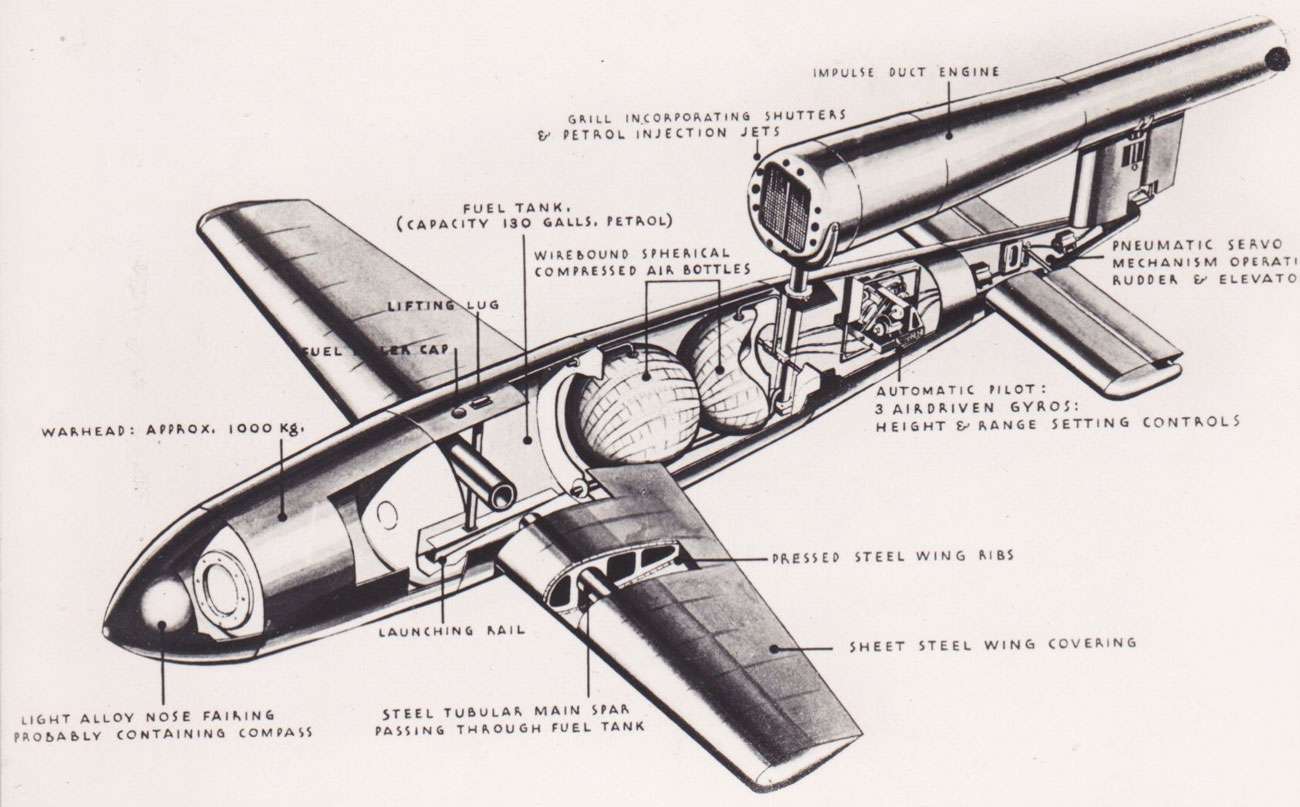
The inside workings of a V-1 rocket (courtesy of Michael Miller)
The main school was repaired or patched up by stages. On March 12th, all the classes were once again housed under one roof. The Infants’ school had a temporary wooden building, which continued in use for many years, even after brick buildings had been erected.
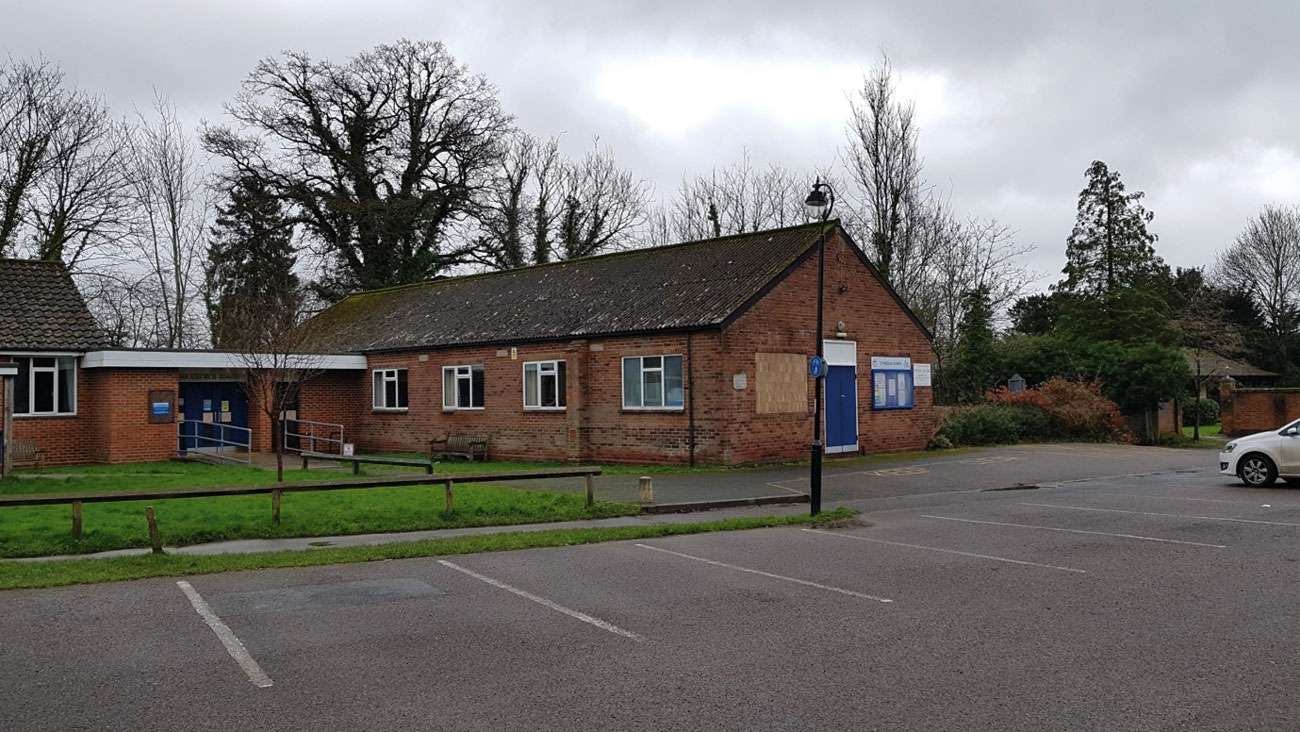
The Church Rooms, 2021
The broken windows in the church were initially boarded up and services were resumed in a very cold building, but in a shortened form, lasting only 35 to 40 minutes.
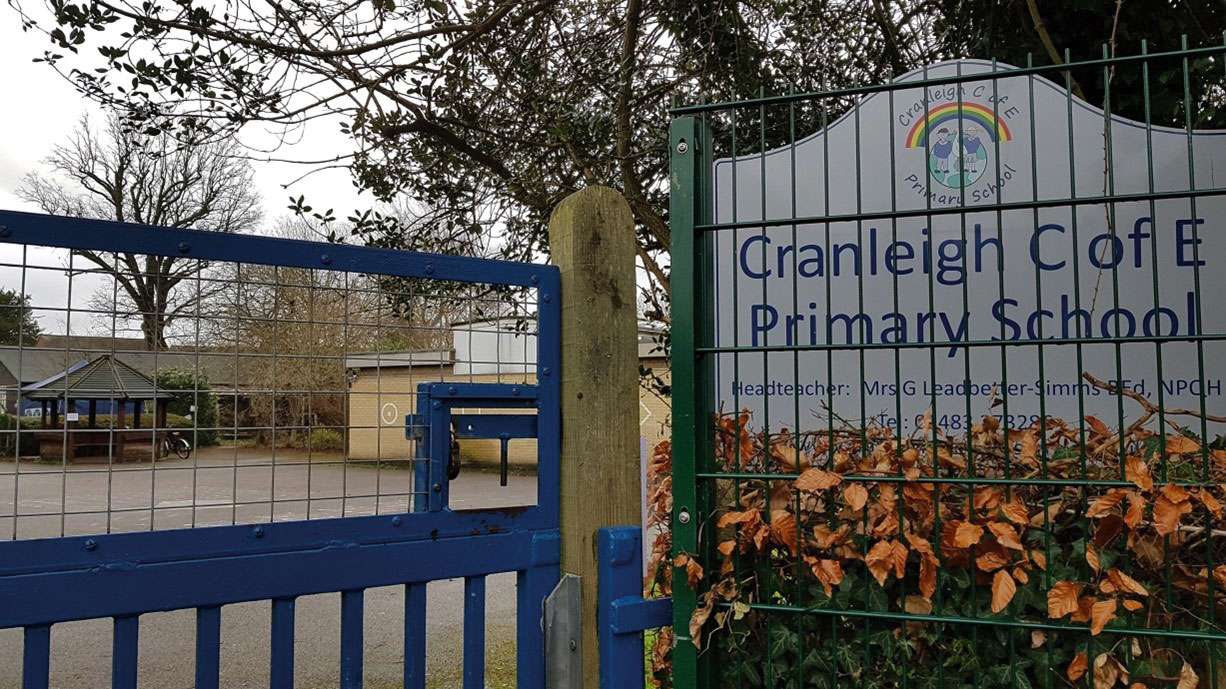
The C. of E. Primary School (Infants’ Department) in 2021
The church building was not fully restored until 1952. Clear glass was put into the east window, with the result that the church became much lighter and the congregation gained views of the beautiful trees outside. The great west window received new stained glass to commemorate the golden jubilee of Queen Elizabeth II’s reign in 2002. The Church Hut was replaced by a brickbuilt Church Room.
The Cranleigh History Society plans to resume its monthly meetings as soon as the Covid-19 regulations permit.

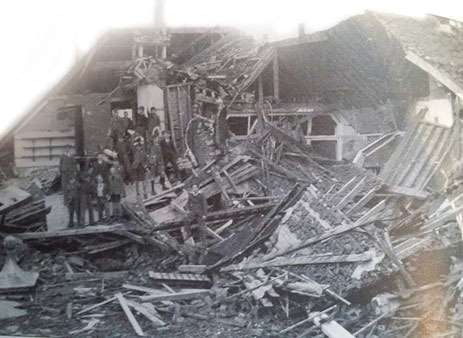
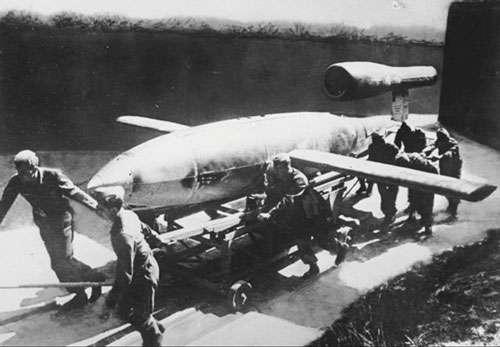
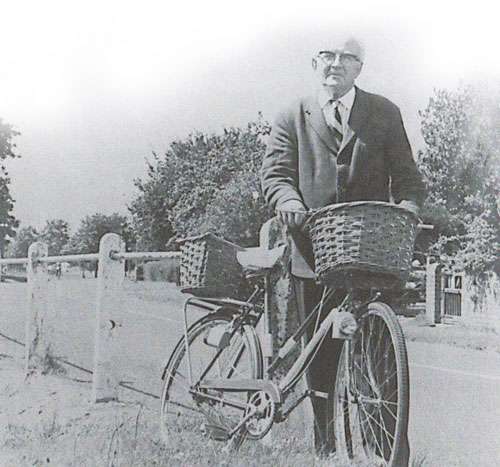











I believe I was one of the boys at the school when it was bombed do you have a clear er photo at the time I lived at Hibbs bakery and ran up the road to see where the rocket had landed I watched it with my sister and when we saw the light go out we dived under the bed just as well as the whole window was blown out the photo would be of interest to me